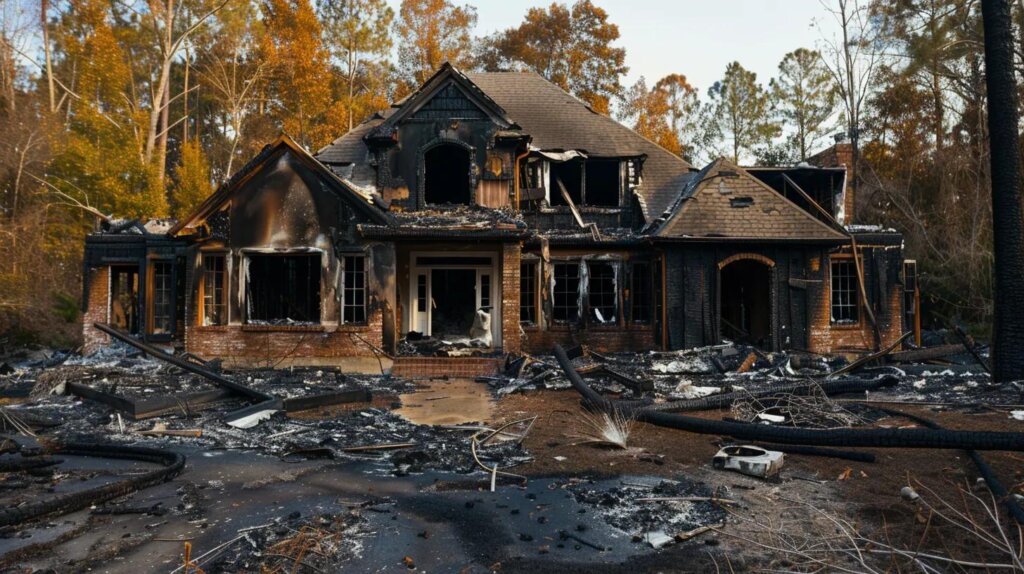
How to Sell a Fire Damaged House in Tampa
A house fire flips your life upside down. After the smoke clears, one question starts to nag: how to sell a fire damaged house in Tampa without losing your mind—or your equity. The truth is, fire losses come with layers: safety, insurance rules, code compliance, buyer inspection hurdles, and fast‑moving market shifts. This guide walks you through a clear, practical process to move from disaster to sale with confidence. You’ll see where to focus, which option fits your timeline, and how to speak candidly with home buyers while protecting value.
We’ll cover safety and stabilization, insurance claims, real‑world pricing and valuation, fast as‑is cash options, listing prep, and closing tactics that actually work. If you’re asking how to sell a fire damaged house in Tampa, you’re in the right place.
Did you know?
Tampa’s Bayshore Boulevard is home to the world’s longest continuous sidewalk, stretching over 4.5 miles along Hillsborough Bay. This landmark serves as a scenic route for joggers and bikers, thereby enhancing the desirability of properties in nearby neighborhoods.
Key Takeaways
- Stabilize first (48–72 hours). Secure doors/windows, shut off utilities, ventilate smoke, wear PPE, and get the fire report. Keep receipts for every expense.
- Open the insurance claim early—document smoke, soot, water damage, and contents. Ask about replacement cost vs. ACV and get two restoration bids.
- Know the rules. Pull permits for repairs, talk to the fire marshal if required, notify your lender, and disclose known hazards to avoid legal liability.
- Price with math, not hope. Work backward from repaired value: minus restoration cost, minus carry costs, minus sales costs = your net. Compare that to a straight cash offer.
- Do minimal, high-impact fixes. Electrical safety, roof tarps, basic plumbing, odor/mold treatment, clean cut-outs, and fresh paint for photos.
- Market with radical honesty. Share reports, bids, and before/after photos. That transparency builds buyer confidence and smooths the negotiation process.
- Pick your path. As-is cash sale (fastest), agent listing (highest potential price), or auction (speed with less price certainty).
- Expect inspections—even with cash. Set utilities on, clear access to attic, panel, and plumbing. Keep the deal focused on facts.
- Closings are straightforward. Open escrow, order title insurance, provide deed and payoffs. Cash buyers often close in 7–21 days; financed buyers take longer.
Step 1: Stabilize the Property and Stay Safe
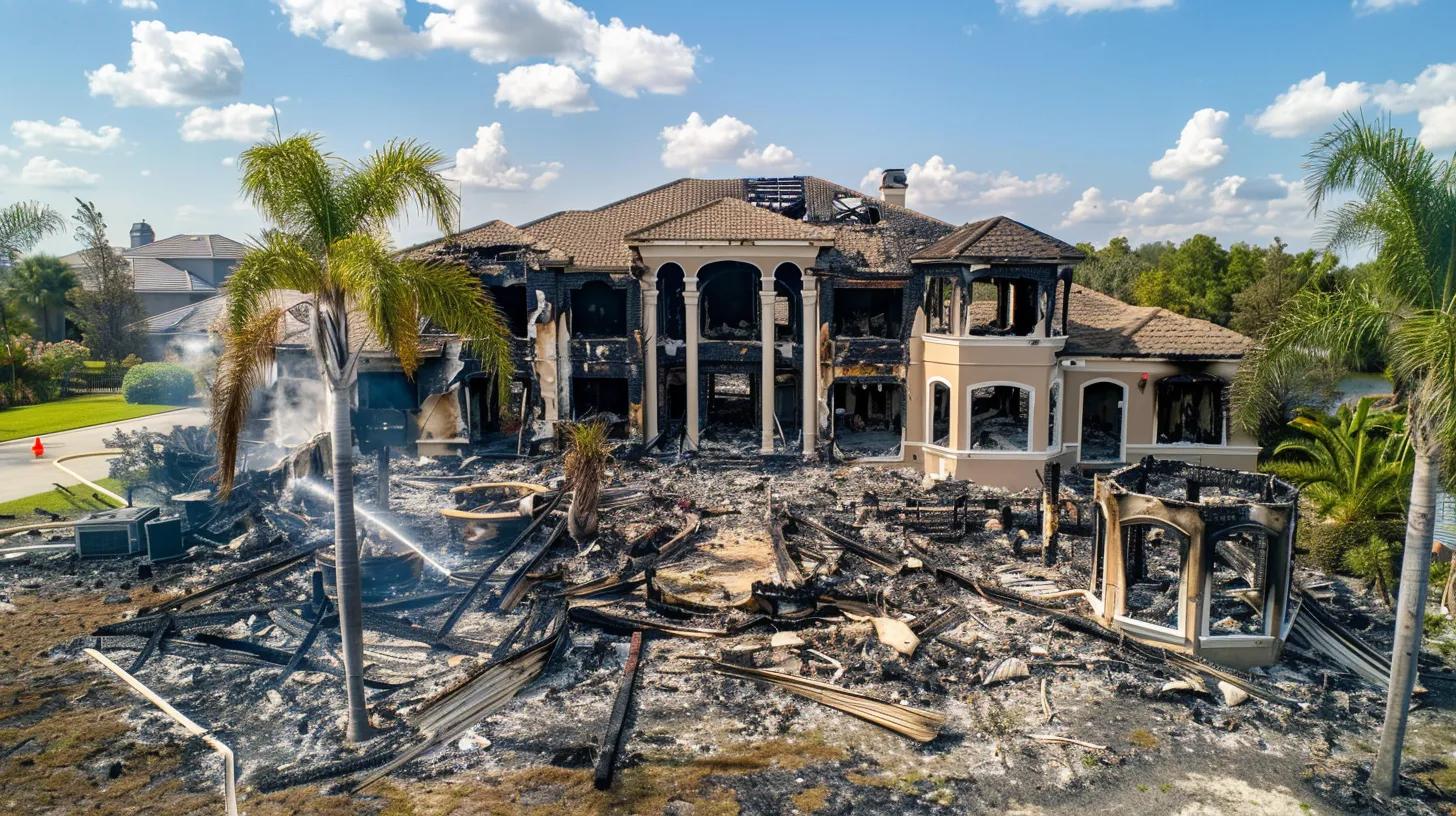
Your first 48–72 hours set the tone. Prioritize people and structure.
- Call the fire department if hot spots return. Request the incident report for your records. Keep the fire marshal contact handy.
- Board up and secure doors and windows. Theft risk rises after a fire; add lighting or short‑term security.
- Ventilation matters. Open safe windows, use fans to push smoke out, and prevent lingering odor from setting into wood and fabric.
- Shut off utilities until licensed pros inspect electricity, plumbing, gas, and HVAC. Exposed electrical wiring and wet systems pose a shock and mold risk.
- Wear PPE. Ash and soot can contain toxins. Treat ceilings and debris with care, especially if asbestos may be present in older construction.
If displacement is an issue, the American Red Cross offers emergency resources. Keep receipts for every expense tied to the emergency; those records will matter later.
Step 2: Start the Insurance Claim the Right Way
Your home insurance policy drives what gets paid and how fast. File your claim quickly. Ask for your adjuster’s name in writing and confirm your preferred method of communication by phone, email, or portal.
- Request a copy of your policy’s dwelling coverage, replacement value vs. ACV, and any wildfire or arson exclusions.
- Photograph every room. Capture heat, smoke damage, water damage, and contents. Back up your information.
- Ask about fire damage restoration vendors approved by the carrier. Get two bids for fire restoration and fire damage repairs.
- Track all damages, clean‑up expenses, and temporary housing costs. Create an account (spreadsheet) for dates, payment, and vendor receipt numbers.
- Clarify whether the carrier will pay for deodorization, soot cleanup, and mold remediation after firefighting water.
Your goal is simple: a clean, documented claim file so you can pick a sale option with real numbers—cash offer, retail listing, or auction.
Step 3: Know the Rules—Code, Law, and Liability
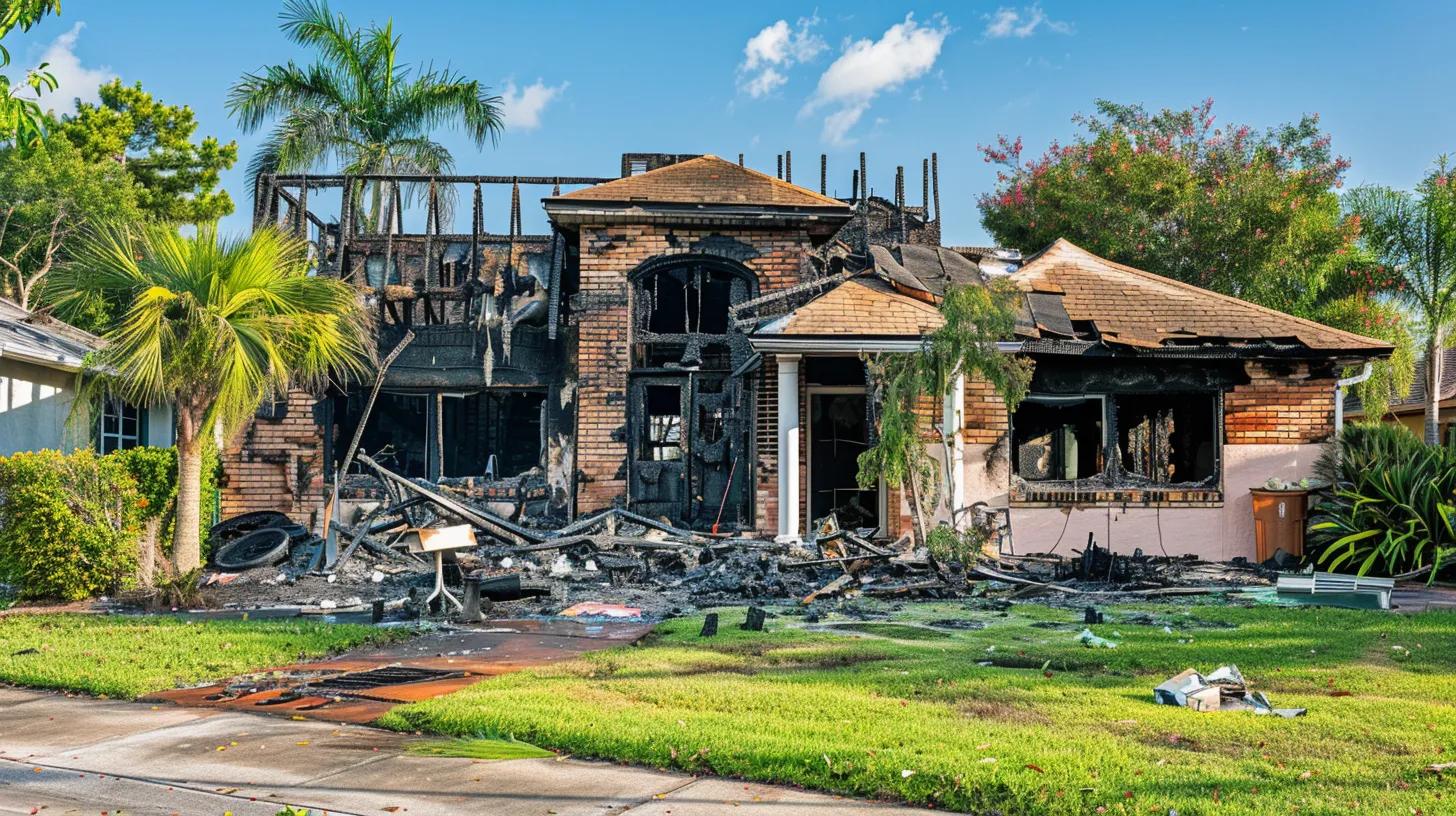
Selling a fire damaged house means dealing with the law and regulations.
- Building code: Your city or county may require permits for renovation, roof tarps, structural repairs, or panel replacements. Keep permits visible.
- Fire marshal: Some jurisdictions want a sign‑off before occupancy or a real estate transaction.
- Legal liability: Disclose known hazards (smoke, soot, mold, damaged ceiling, unsafe wiring). Hiding issues risks a lawsuit.
- Probate: If the owner died, a personal representative may need court authority to sell. Ask your attorney about timelines.
- Mortgage and loan: Notify the lender. Ask about forbearance and whether claim proceeds must first reduce principal or address repairs.
Add a simple disclaimer to your listing materials: you’re not providing legal advice—buyers should do their own due diligence.
Step 4: Get a Professional Evaluation (It Pays for Itself)
To price correctly, quantify the loss.
- An inspector or home inspection specialist for fire events
- Licensed electrician to check panels, breakers, and electrical wiring
- Roofer for deck, truss, and roof covering
- Plumber for supply lines and plumbing vents
- Environmental tester for asbestos and air quality if the house is older
- Restoration estimator to price repair costs, odor removal, and stain sealing (paint)
- Appraiser to anchor market value vs. fair market value after repairs
You’re building a simple packet: photos, reports, bids, and an appraiser’s market analysis by zip code. That packet makes listings credible and gives cash home buyers confidence.
Step 5: Choose Your Sale Path—Three Viable Options
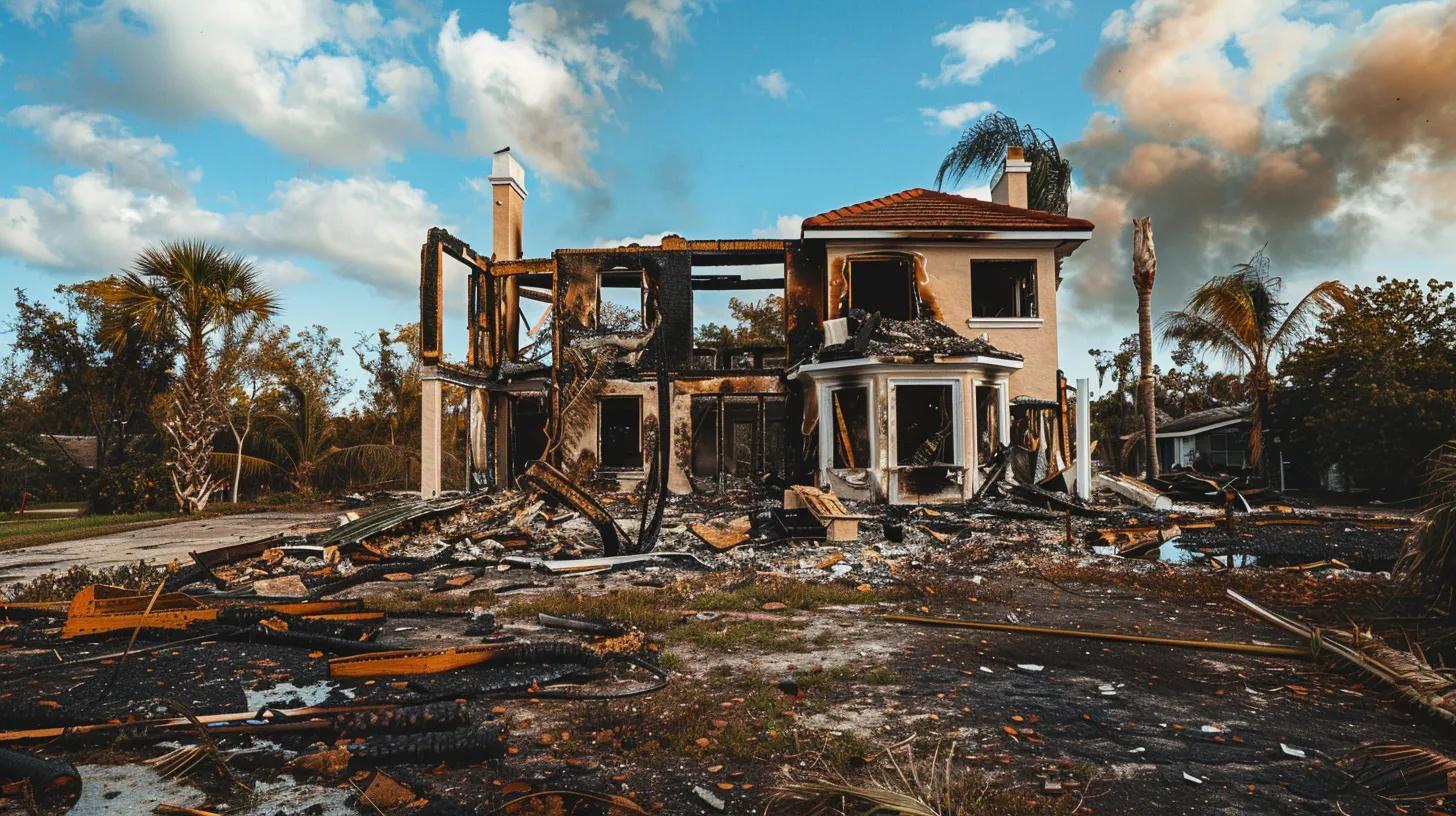
There’s no single “right” route for selling a house after a fire. Pick the path that fits the timeline, budget, and stress levels.
A. Sell As‑Is to a Cash Buyer (Fastest)
A seasoned cash buyer or real estate investor group will buy fire-damaged houses as‑is. Benefits:
- Close in days or weeks; no lender loan or interest rate delays
- Minimal showings; skip full renovation
- Fewer inspection renegotiations—expect a straight cash offer
This works when stress is high, the repair scope is big, or you want a clean break. Many sellers ask multiple buyers to compete—“instant cash offer” tools and local network groups help.
B. List With a Real Estate Agent (Highest Price Potential)
A top real estate agent (or estate agent) can target both investors and retail buyers. They’ll craft a marketing strategy that highlights structure, lot value, neighborhood demand, and your restoration bids.
Expect:
- Photo day after debris removal and odor control
- Honest transparency about damaged systems and open permits
- Buyer negotiation after home inspection
This path aims for the highest sale price but requires patience and better presentation.
C. Auction (Speed With Price Uncertainty)
An auction can be quick and public. Investors compete, and you pick a reserve. It’s efficient if the home is hard to value or you want a hard deadline. Price is less predictable than the other paths.
Step 6: Pricing Strategies That Attract Offers
You’ll see three numbers in every conversation about how to sell a fire-damaged house in Tampa:
- As‑Is Investor Price – today’s number with current risk baked in.
- Repaired Retail Price – what a fixed home should fetch based on comps, real estate trends, and demand by zip code.
- Net Proceeds – the only number that matters to you.
Work backward:
- Start with the repaired value.
- Subtract restoration cost (contractor bids + a contingency percentage).
- Subtract carry costs (taxes, insurance, utilities, yard, mortgage interest).
- Subtract sales costs.
What’s left is your target net. If the cash path gets you close without months of work, speed might be the smarter investment decision.
Step 7: Minimal Repairs That Move the Needle
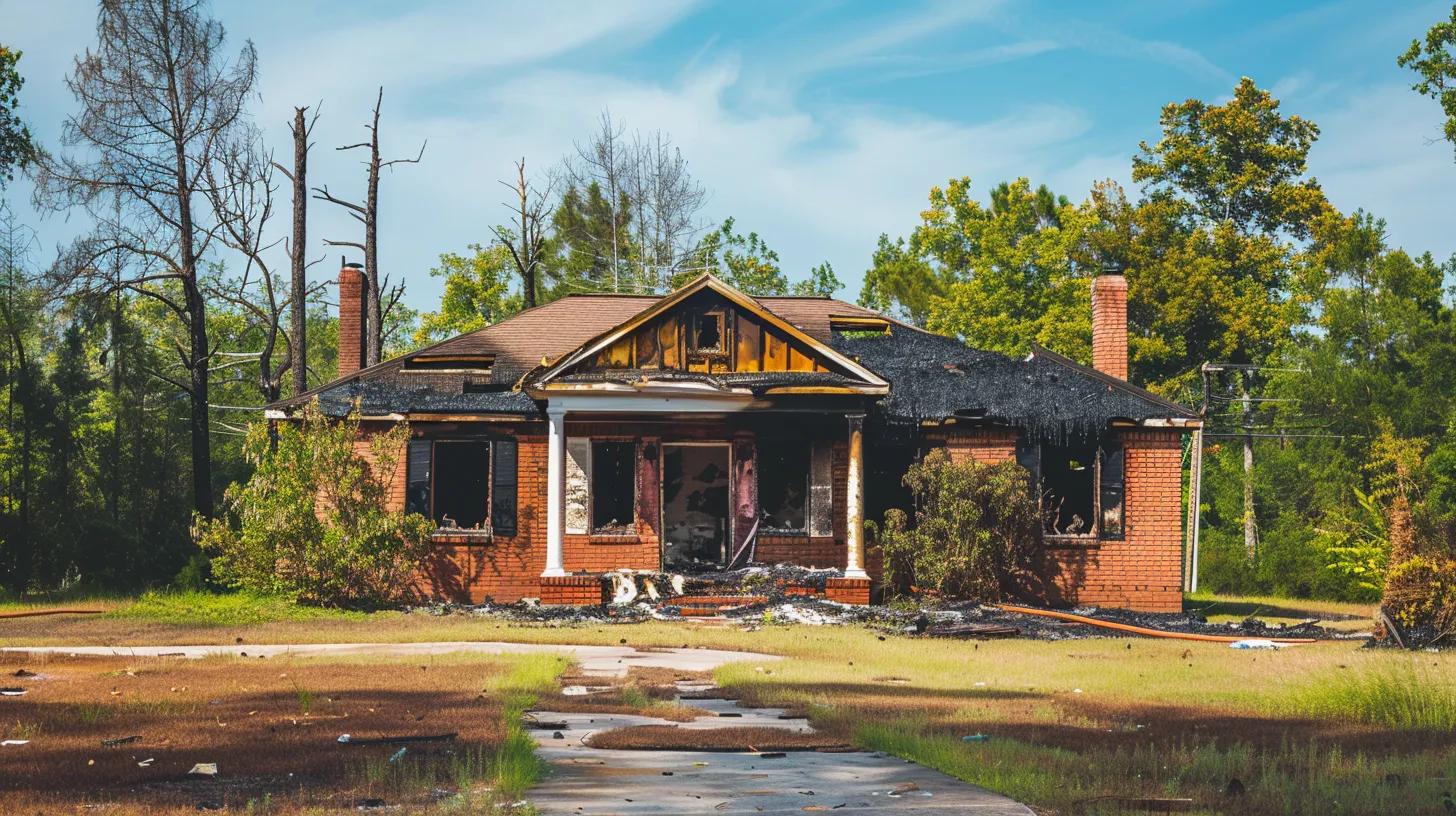
You don’t have to rebuild the kitchen to sell quickly. Focus on the items that shrink buyer fear and pass basic evaluation:
- Electrical safety: secure panel covers, cap exposed wires, replace melted devices
- Roof: tarp or patch obvious openings to stop further water intrusion
- Plumbing: fix active leaks and restore water flow for inspection
- Smoke/odor: HEPA vacuum, wipe soot, seal with shellac primer, run ozone or hydroxyls
- Mold from water damage: treat and remove; document with before/after photos
- Ceiling and drywall: cut out charred sections cleanly; prime repairs
- Paint key rooms and replace scorched fixtures to lift photos
Each dollar should reduce risk or improve pictures. If it doesn’t, skip it.
Step 8: Market With Radical Honesty
Buyers will do due diligence. Beat them to it.
- Publish your inspection summaries, restoration bids, and fire report highlights.
- Label photos clearly: “pre‑cleanup,” “post‑cleanup,” “odor treated,” “panel evaluated.”
- Use targeted advertising to reach real estate investors and retail buyers hunting projects.
- Write a crisp listing message: lot value, structure salvageability, timeframes, and closing flexibility.
This level of transparency builds buyer confidence and keeps negotiations factual.
Step 9: Expect—and Manage—Buyer Inspections
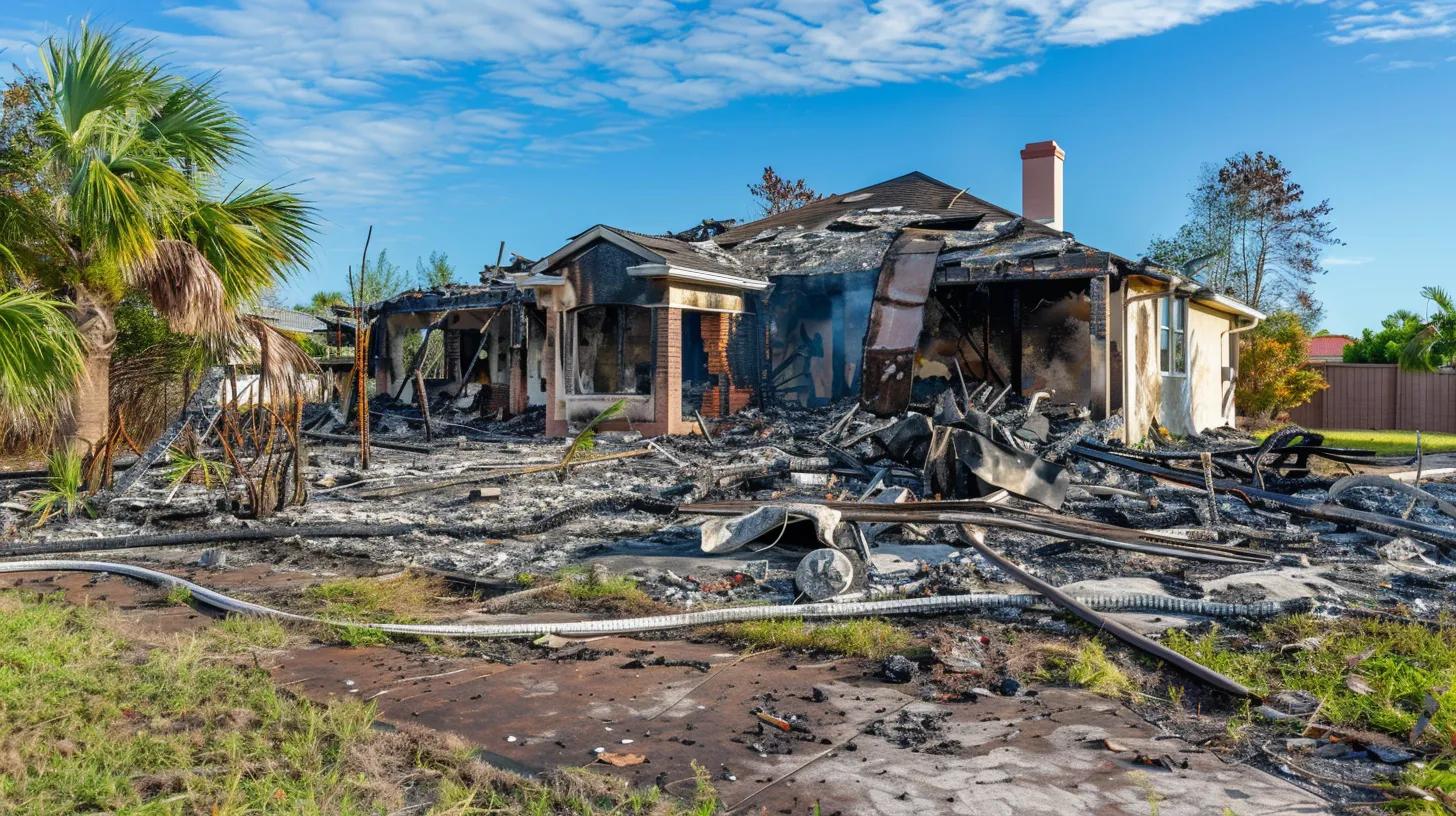
Even cash home buyers send inspectors. Set ground rules:
- Electric and water are on for testing
- Access to attic and crawlspace
- Clear path to panel, furnace, and plumbing
If a buyer orders a second evaluation (engineer, roofer, environmental), don’t panic. Provide your packet again. Keep the deal centered on facts, not fear.
Step 10: Closing Mechanics—Title, Escrow, and Payoffs
A standard real estate transaction still applies:
- Open escrow with a reputable title company. Order title insurance.
- Provide the deed, lien payoff letters, and open permit list.
- If you accept a small EMD by credit card, clear it with escrow first; most funds must be wired.
- Buyers with a mortgage will need lender clearance on building code issues; cash buyers move faster.
- Confirm who pays for warranty or re‑inspection fees in the contract.
Plan your move‑out date and utility shutoff so the handoff is clean.
Special Cases You Should Plan For
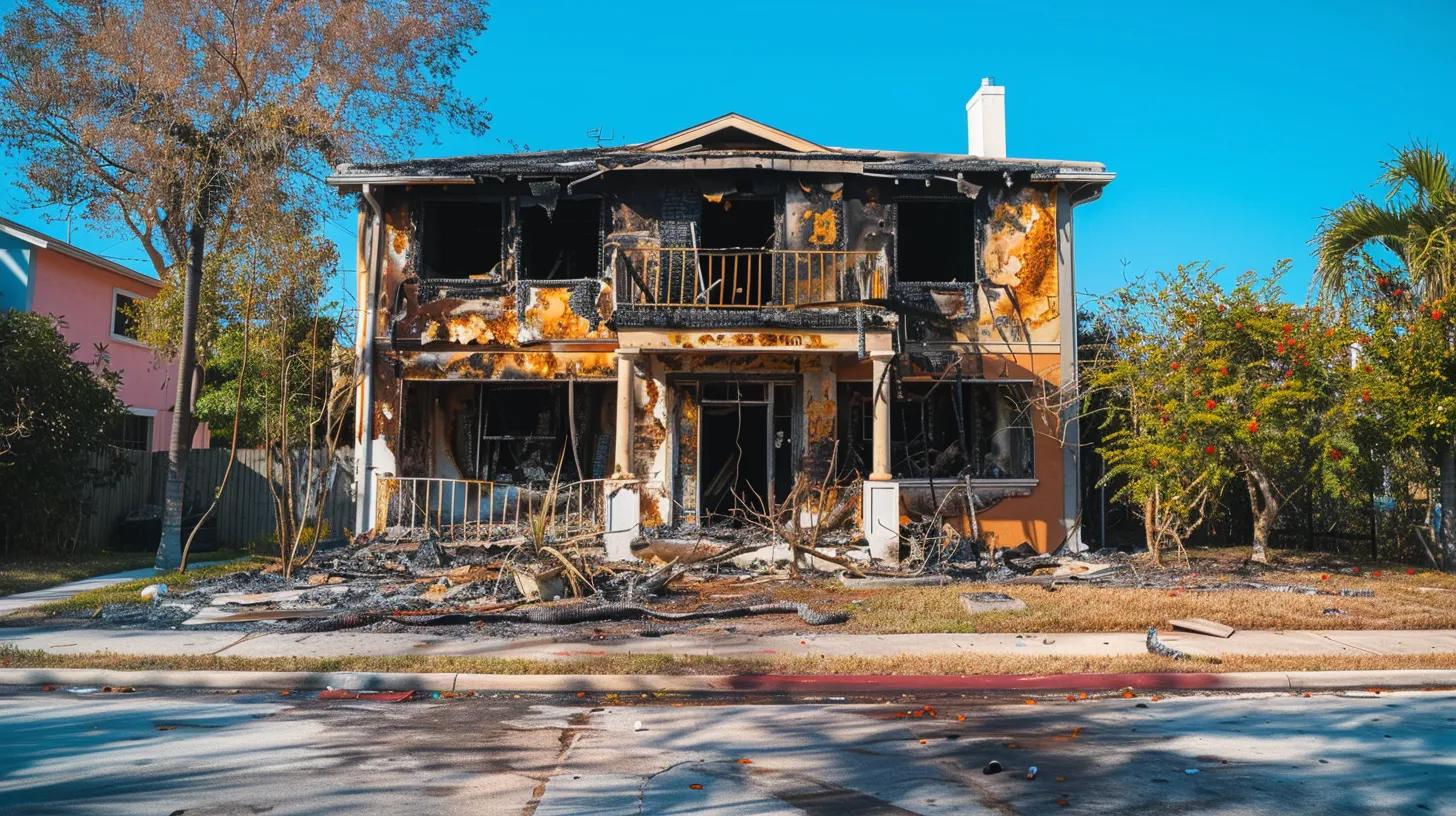
- Wildfire exposure: regional market swings and insurance availability may affect demand and rates.
- Arson investigation: cooperate with law enforcement; keep copies of official document releases.
- Asbestos or lead: follow licensed abatement rules—this is where a local expert earns their fee.
- Probate or trust sales: extra signatures and timelines; align with the personal representative and attorney.
- Vacant property security: daily checks, signage, and lock changes as needed.
Each adds time, but a clear plan protects your timeline and return on investment.
Realistic Timeline Scenarios
- Fast As‑Is Cash Sale: 7–21 days after access and title work
- Listed Investor/Hybrid: 30–60 days with two rounds of negotiation
- Full Repair then List Retail: 60–180+ days depending on construction and permitting
Your stress level matters. If carrying the home hurts your budget, a quicker exit may be the better financial call.
Mental Health and Family Logistics
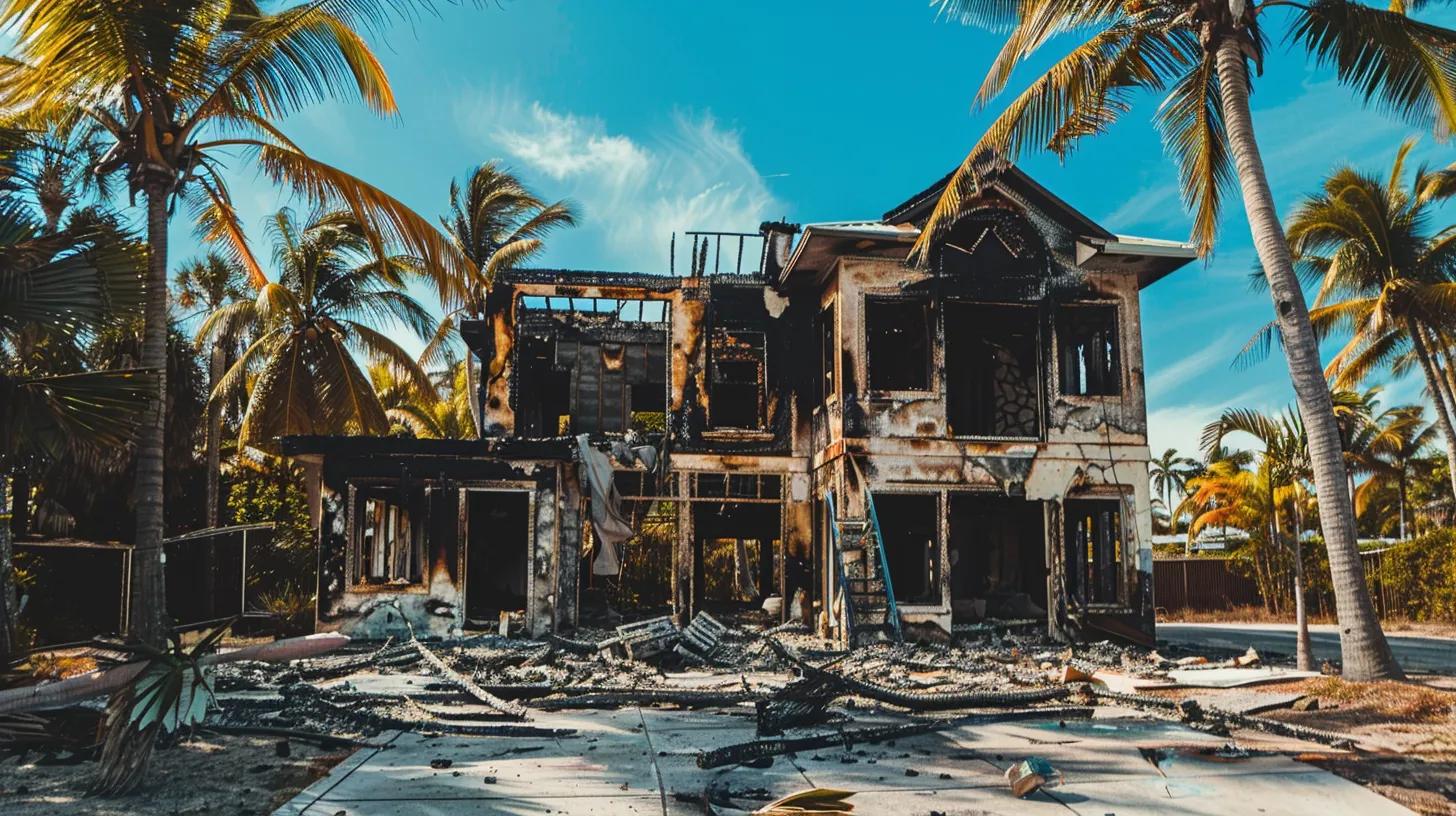
House fires are heavy. Mix in paperwork, law, and money pressure, and stress spikes. Give yourself margin:
- Lean on community groups and the American Red Cross.
- Delegate photos, calls, and bids to a friend or estate agent you trust.
- Keep the process simple: one shared folder, one running checklist.
A calmer plan helps you decide—sell my house now for cash, or prep and list.
Step‑By‑Step Recap (Your Quick Checklist)
- Stabilize: secure, ventilate, shut utilities, document.
- File the claim: know coverage, save every receipt, and get two restoration bids.
- Know the rules: permits, fire marshal, disclosures, and lender notices.
- Evaluate: inspector, electrician, roofer, environmental, appraiser.
- Pick a path: cash buyer, agent listing, or auction.
- Price smart: repaired value → minus repair costs → minus carry and sales costs.
- Make minimal fixes that cut risk or lift photos.
- Market with transparency and targeted outreach.
- Manage inspections; keep facts at the center.
- Close cleanly: title, escrow, payoffs, handoff.
If you’re still asking how to sell a fire damaged house in Tampa, this checklist is your map.
Frequently Asked Questions
Can I legally sell a fire damaged house in Tampa?
Yes. You must disclose known material issues (smoke, soot, water, wiring, structural damage). Some jurisdictions want a fire marshal sign-off before occupancy, not to sell.
Do I have to fix everything before listing?
No. Focus on safety/insurance-driven items and presentation. Many sellers go as-is to a cash buyer and skip full renovation.
Should I wait until my insurance claim is finished?
Not always. You can sell with an open claim. Options include price credits or assigning benefits. Talk to your carrier and, if there’s a mortgage, your lender.
How do I set a price after a fire?
Use three numbers: as-is investor price, repaired retail price, and your net. Start with comps for repaired value, subtract restoration and carry costs, then compare to current cash offers.
How fast can a cash buyer close?
Commonly, 7–14 days after a clear title and access. Financed buyers may need code clearances and lender approvals, which take longer.
What documents will buyers ask for?
Fire report, adjuster estimate, restoration bids, permits (open/closed), receipts, photo log (before/after), and basic title/deed information.
Will buyers still order inspections, even if paying cash?
Yes. Expect checks on electrical, roof, mold, and structure—plan for utilities on and safe access to key areas.
Can smoke odor kill a deal?
It can. Do odor treatment (HEPA, wipe-downs, sealing primer, ozone/hydroxyl as appropriate) and show receipts/photos.
What about asbestos or lead?
Use licensed pros. Don’t DIY abatement. Buyers and lenders look for compliance with building and environmental rules.
Is an auction a good option?
If you need a hard deadline or the home is tough to value, yes. Price is less predictable, but speed can be worth it.
Conclusion
Selling after a fire doesn’t have to be chaos. With a tight plan, candid data, and the right buyers, you can move on without giving away your equity. Whether you choose a cash home sale, a smart listing, or an auction, stick to facts, timelines, and simple pricing math—and keep your files tight.
Ready to skip repairs and sell fast? Fill out this form or call (813) 200‑7665 for a fair, no‑pressure cash offer. A+ Home Buyers buys fire damaged home properties across Florida—fast timelines, clear terms, and no surprises.
